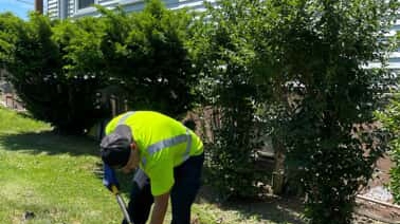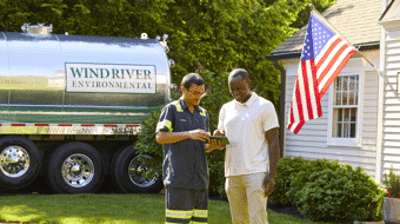Septic Tank Location: What You Need to Know
Your septic tank is a vital component of your home and specifically your home plumbing system. If you’re switching to a septic tank, you may be wondering where in the world it should go, or if you already have one, how to tell where it is.
Where to Place Your Septic Tank
You have some leeway over where to place your septic tank, but much of the decision is based on local regulations, your property composition, and ease of access. Septic tanks are buried underground, so there needs to be a section of your home outside that is free of obstructions in order to safely place the tank underground.
The size of the space needed will usually correlate with the size of your home. There also needs to be deep enough soil. When placing a septic tank, your local plumbing company will determine the best location to allow for optimal performance and the ability for maintenance.
How to Find Your Septic Tank
You need to know the location of your septic tank for a variety of reasons. Knowing where your septic tank lives is crucial for maintenance, and to make sure nothing interferes with its operation. You don’t want to plant a tree and then have the roots destroy your drain field. More on that later.
There are several methods for finding your septic tank. You could look at the records for your home and see the plans from when it was installed. You can also try your inspection paperwork if you have it. If the information is outdated, you may want to get an updated check from a licensed professional.
The most likely scenario is an open patch of grass. Depending on the size of your home, this may not be helpful because you have a large property. Well, you know it won’t be near and in-ground structures like pools, decks, patios, and even trees, gardens, and sheds. Hopefully, that narrows it down some.
The best option is to get your local plumber to find the tank for you. This way, they will know exactly where it is when they need to pump it out or fix any issues. When your tank is clogged or sewage is coming back up your drains, time is of the essence. You don’t want the plumber to have to search for the buried treasure in your yard.
Professionals use both metal probes and electronic monitoring devices to locate your septic tank.
Tips for Septic Tank Care
We love giving tips on how to maintain your septic tank from the inside, but how about the outside? There are also ways to maximize safety and performance from your septic that don’t have to do with your drains.
First, make sure your septic tank is in an open area, whether you’re installing it or it was already installed when you bought your home. That means to ensure it’s in a space away from trees, bushes, gardens, decks, pools, patios, and more. Most of these obstructions shouldn’t be a problem if the tank was installed according to conventional standards and regulations. But it’s also a warning for any future projects or additions to your yard that they are placed at a safe distance from your septic tank.
Also, don’t try to work on your septic tank without professional help. This could lead to further damage and leak contaminated sewage into the ground.
Gold Standard Septic Service
Wind River Environmental is a full-service plumbing and septic company that is here for all your septic system needs. From locating your tank to regular pumps, to repair and installation, we do it all. Contact us today at (877) 560-9007 for more information and to make an appointment!




